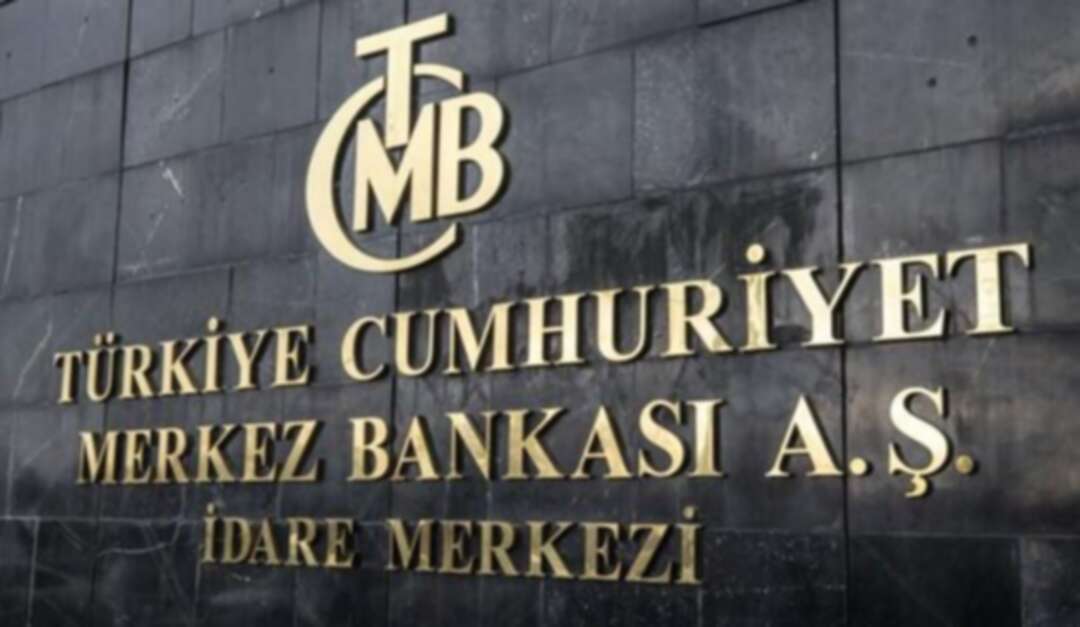-
Turkey’s central bank cuts rates 325 points in second easing move

Turkey’s central bank cut its policy rate by 325 points to 16.5 percent on Thursday, roughly as expected, its second marked policy easing in two months as it seeks to boost a recession-hit economy in which inflation has recently eased.
The bank lowered its benchmark (one-week repo rate) from 19.75 percent, marking its latest step away from emergency settings it adopted during last year’s currency crisis.
The policy rate stood at 24 percent as recently as July, when the bank slashed rates by 425 points in its first policy change since the depths of last year’s crisis, which tipped the largest economy in the Middle East into recession.
A recent drop in inflation and a shift among the world’s major central banks to more accommodation has supported the lira and paved the way for Turkish rate cuts, which are set to continue until year end.
According to a Reuters poll on Tuesday, economists expected the bank to lower rates by a median of 250 basis points. However before the decision, swap-market traders were expecting a cut of between 300 and 400 points.
The Turkish lira lost some 30 percent of its value against the dollar last year and inflation soared to a 15-year high above 25 percent. Inflation has since eased to 15 percent and is expected to fall briefly to single digits in October thanks to the “base effect” measurement against last year’s spike.
Central bank governor Murat Uysal, appointed by Turkish President Tayyip Erdogan in early July after his predecessor did not follow policy instructions, has said policy will aim to deliver a “reasonable” real interest rate.
Erdogan is a self-described “enemy” of high interest rates and has said they, along with inflation, would fall to single digits in a short time.
The government has attempted to boost lending by state banks to reinvigorate an economy that entered a recession last year and experienced contractions in the first two quarters of this year.
You May Also Like
Popular Posts
Caricature
BENEFIT Sponsors BuildHer...
- April 23, 2025
BENEFIT, the Kingdom’s innovator and leading company in Fintech and electronic financial transactions service, has sponsored the BuildHer CityHack 2025 Hackathon, a two-day event spearheaded by the College of Engineering and Technology at the Royal University for Women (RUW).
Aimed at secondary school students, the event brought together a distinguished group of academic professionals and technology experts to mentor and inspire young participants.
More than 100 high school students from across the Kingdom of Bahrain took part in the hackathon, which featured an intensive programme of training workshops and hands-on sessions. These activities were tailored to enhance participants’ critical thinking, collaborative problem-solving, and team-building capabilities, while also encouraging the development of practical and sustainable solutions to contemporary challenges using modern technological tools.
BENEFIT’s Chief Executive Mr. Abdulwahed AlJanahi, commented: “Our support for this educational hackathon reflects our long-term strategic vision to nurture the talents of emerging national youth and empower the next generation of accomplished female leaders in technology. By fostering creativity and innovation, we aim to contribute meaningfully to Bahrain’s comprehensive development goals and align with the aspirations outlined in the Kingdom’s Vision 2030—an ambition in which BENEFIT plays a central role.”
Professor Riyadh Yousif Hamzah, President of the Royal University for Women, commented: “This initiative reflects our commitment to advancing women in STEM fields. We're cultivating a generation of creative, solution-driven female leaders who will drive national development. Our partnership with BENEFIT exemplifies the powerful synergy between academia and private sector in supporting educational innovation.”
Hanan Abdulla Hasan, Senior Manager, PR & Communication at BENEFIT, said: “We are honoured to collaborate with RUW in supporting this remarkable technology-focused event. It highlights our commitment to social responsibility, and our ongoing efforts to enhance the digital and innovation capabilities of young Bahraini women and foster their ability to harness technological tools in the service of a smarter, more sustainable future.”
For his part, Dr. Humam ElAgha, Acting Dean of the College of Engineering and Technology at the University, said: “BuildHer CityHack 2025 embodies our hands-on approach to education. By tackling real-world problems through creative thinking and sustainable solutions, we're preparing women to thrive in the knowledge economy – a cornerstone of the University's vision.”
opinion
Report
ads
Newsletter
Subscribe to our mailing list to get the new updates!






















